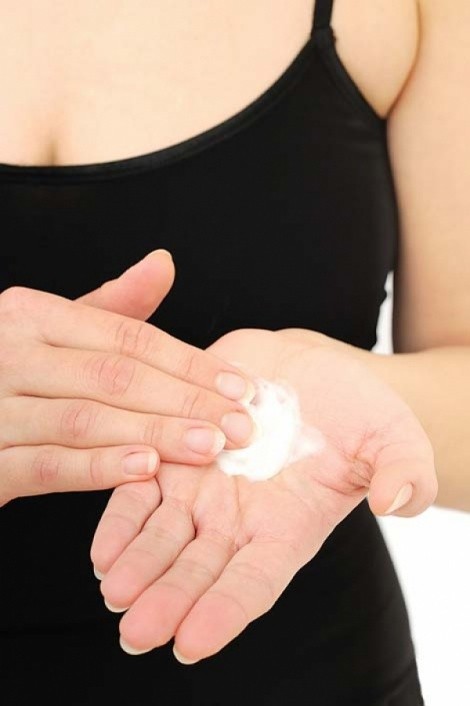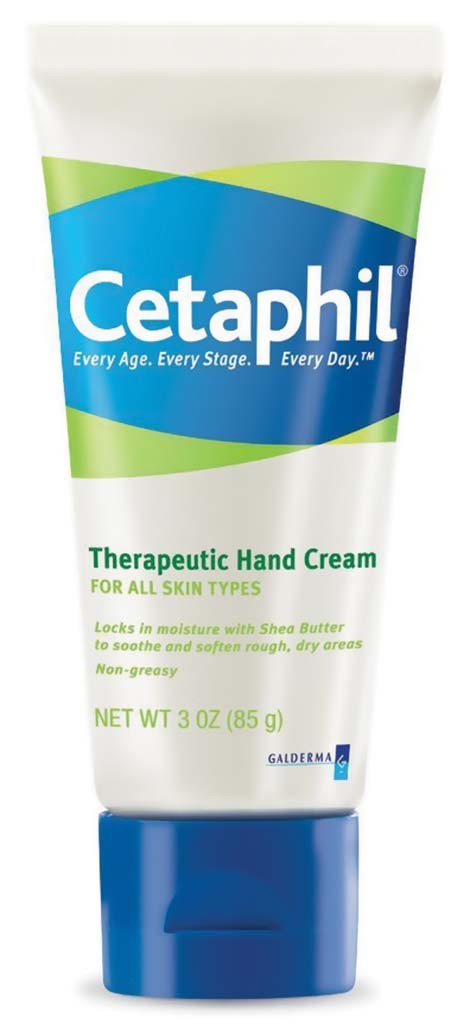
A little basic science will stop that problem, according to Kristin M. Leiferman, a dermatologist who certainly should know: She’s a professor of dermatology at the University of Utah. “The bottom line is that it’s dryness,” she says. But not just skin dryness. Leiferman adds, “Our skin was not designed for living in the desert. So as skin dries out—and especially when it’s undergoing motion, friction and pressure—it can’t maintain continuous coverage. It splits, it opens up. And because the skin needs certain environmental conditions to heal properly, it can be delayed in healing. It’s often a couple of weeks before the cracks heal up.”
The good doc also tells why it happens more in winter. “Winter is dryer than summer. The small amount of moisture in (Utah’s) air is less in cold air than in warm air. Even that gets depleted further when air is warmed for the indoor environment, due to the properties of air.”
Here’s Leiferman’s advice for solving the problem: “Moisturize, moisturize, moisturize—a thousand times a day. But use the proper moisturizer. Bag Balm is primarily an ointment base, so it doesn’t hold water. It may help to put a cream with water underneath it, just as you should put cream under Vaseline or any ointment based product. Ointments don’t contain water, which is what skin cells need,” she explains.

Leiferman suggests using creams rather than lotions. “Lotions contain too much water, so some lotions will actually dry skin, because the water in them evaporates and takes water from the skin with it when it evaporates. So, bland creams are the best. I don’t want to endorse specific products, but some that are good are Vanicream, Eucerin, Cetaphil and CeraVe. Those come in both cream and lotion formulations.
“Sandpaper heels need the same thing. On feet, we have friction and pressure with walking and shoes. The skin thickens up to try to protect itself, so the fissures can be deep and very long lasting,” she explained.
I asked about my own personally successful remedy: Slathering my hands with moisturizing cream and the juice from a crushed aloe vera leaf (aloe vera is a potent moisturizer), then putting on latex gloves and leaving them on overnight. I’ll do the same for my feet, covering them with a plastic bag duct taped closed around my ankle—again, leaving it on overnight.
Leiferman replied, “Gloves or a bag make a nice humidity chamber, and if the skin has not cracked yet, it’s fine. But if the skin is cracked, the moist and warm environment can increase the risk of infection. It’s best to have cotton cloth under the latex or plastic, next to the skin. A thin pair of cotton gloves and socks will work.”
Two substances that give the skin a layer of oil that prevents water evaporation are lanolin and mineral oil, which can be purchased separately at most pharmacies. Rub in some of either one when you apply moisturizing cream. If you’re diligent for a few days, your hands and heels will once again be smooth and supple, and the skin of your hands and heels will stay in one piece with no painful cracks.